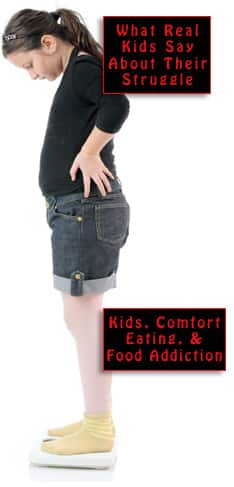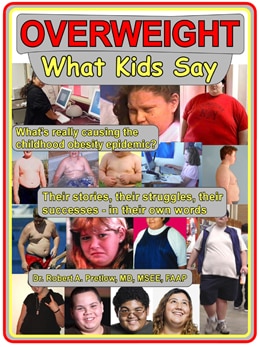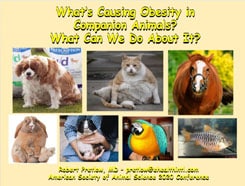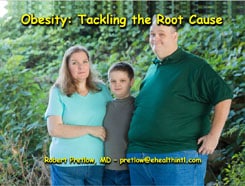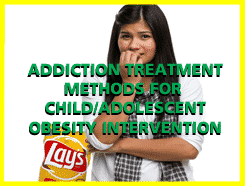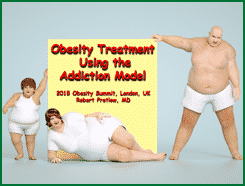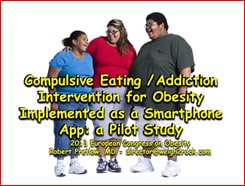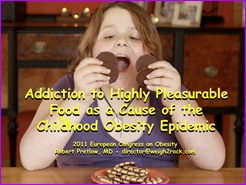Target of Influence

A recent post described how in 2019, The New York Times reporter Andrew Jacobs exposed some of the doings of the International Life Sciences Institute, otherwise known as ILSI. During that year, the director-general of the World Health Organization was Dr. Margaret Chan, and ILSI founder Alex Malaspina aimed to discover how to influence her thinking, and bend it away from any impulse to critique his organization.
“This threat to our business is serious,” he said, which puzzled some listeners because ILSI was allegedly a legitimate nonprofit organization whose only mission was to help. Jacobs wrote,
In addition to its far-flung offices, ILSI runs a research foundation and an institute focused on health and environmental issues that is largely funded by the chemical industry. It also publishes the academic journal Nutrition Reviews and organizes scores of scientific conferences around the world.
But more was going on than met the eye. Monsanto and other less-than-ethical companies donated boatloads of money to ILSI, whose whole funding system looked kind of shady. In countries where it established a presence, its behavior was neither straightforward nor impartial. In India, for instance, it infiltrated government bodies that were supposed to prevent too many additives in processed foods. The processed food industry was rumored to be more powerful than even the tobacco industry, and that is a pretty serious indictment.
Meanwhile, with all kinds of shady maneuvers going on, India saw alarming increases in obesity, diabetes, and heart disease. In 2012, reacting to a Public Interest Litigation suit that had been filed by concerned citizens, the Delhi High Court directed that guidelines be drawn up to ensure that school children had access to wholesome, nutritious, safe, and hygienic foods.
Action taken
A rule was made for the whole country that edible items high in fat, salt, and sugar could not be sold within 50 meters of any school. Other guidelines were established, and officials charged with carrying out the new orders were pleased to find that some schools had already acted on their own to keep a stricter eye on what the students were being fed.
By 2015, almost one-third of the country’s teenagers were in the obese category. Still, rural areas were less affected than the cities — which strongly hinted that readily available highly processed foods laced with additives probably had something to do with the disparity. It was estimated that the urban areas alone held more than 15 million obese children, helping to make India the third most obese country on the planet.
In the same year, officials added up the operations performed to excise fat, and the news said,
The number of bariatric surgeries performed in the country has increased almost ten times over the last decade, with over 10,000 such surgeries performed in the previous year.
Medical conference attendees emphasized the importance of teaching parents that a chubby child is not necessarily a healthy one. The worst culprits were seen to be “shortcut” meals and, you guessed it, highly processed foods. Around the same time a study confirmed that India’s affluent class was plagued by obesity, but the same societal and environmental factors impacted folks of all kinds, which implied that unless corrective action was taken, future conditions would be “serious.” Some authorities claimed that other authorities underestimated the childhood obesity rate, and that the upper classes were still in worse shape than was previously admitted.
One philosophy held that obesity was caused by the environment, rather than by socio-economic conditions; although it could be argued that the environment itself is a socio-economic condition, and vice versa. Not surprisingly, obesity also correlated with a lack of playgrounds. The fact that schools where unhealthful snacks were served had more obese students was an observable reality.
The epigenetic theory was popular, suggesting that the ability to retain fat is a useful survival trait bestowed by the “thrifty phenotype” widely shared by natives of the subcontinent. In 2016, when India’s first obesity clinic for adolescents opened, the situation was dire:
[A] a recent survey in Pune and Mumbai found that 18 per cent of the school-going children suffer from obesity, 32 per cent are over-weight and 52 per cent of the students are potential diabetics.
In 2017, the government slapped sugar-sweetened soda with a 40% tax.
Your responses and feedback are welcome!
Source: “A Shadowy Industry Group Shapes Food Policy Around the World,” NYTimes.com, 09/16/19
Source: “Obesity among Indian teens swells,” IndiaTimes.com, 07/04/14
Source: “India sees 10 time increase in bariatric surgeries in last decade: OSSI,” IndiaTimes.com/ 07/17/15
Source: “India’s quiet tide of childhood obesity,” Scroll.in, 05/07/16
Source: “First obesity clinic for adolescents in India opens in Mumbai,” TheHealthSite.com, 10/09/16
Image by Waldemar_RU/Pixabay






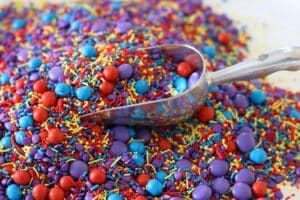



 FAQs and Media Requests:
FAQs and Media Requests: 